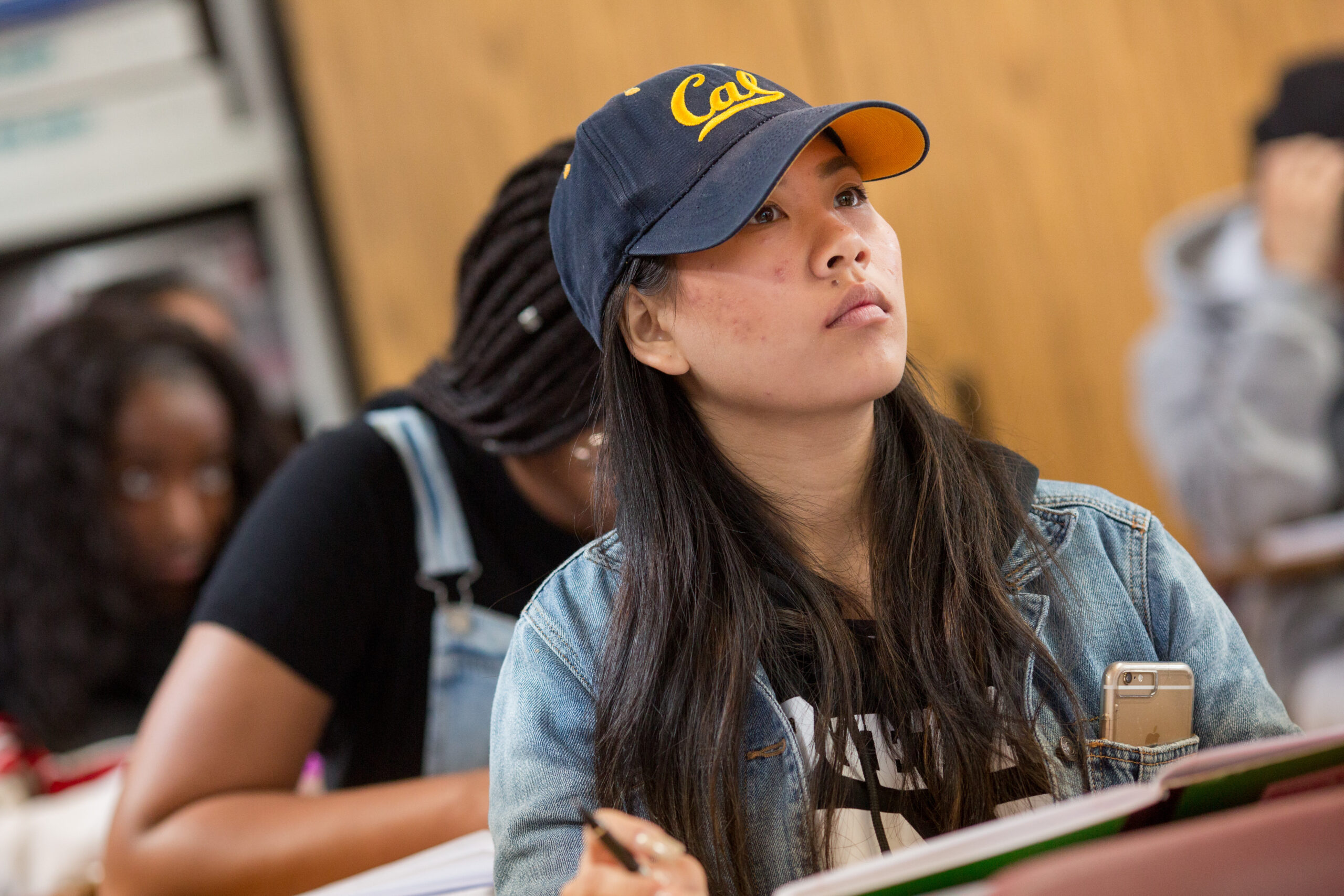Author: Caitlin Snyder
Key Ideas
- A recent, award-winning paper by EngageAI and other researchers explores STEM+C learning environments for high school students.
- Student groups with different prior knowledge distributions across multiple domains have differing collaboration characteristics.
- AI supports that consider implications of prior knowledge can help foster more equitable collaboration and STEM+C learning.
In the evolving landscape of education, integrating Science, Technology, Engineering, Mathematics, and Computing (STEM+C) concepts is crucial to preparing students for complex, real-world challenges. A recent study on collaborative problem-solving (CPS) behaviors in high school STEM+C learning environments shed light on how prior knowledge in these subjects influenced group dynamics and learning outcomes. In particular, the study focused on high school students’ collaborative behaviors while developing and applying physics and computing knowledge in the C2STEM environment during open-ended computational modeling tasks, including simulating a truck’s motion and a drone delivering packages. We believe the findings in this study can better inform the design of adaptive pedagogical AI agents. We are pleased to share that it recently won the CSCL Outstanding Long Paper award at the ICLS 2024 conference.
Our study compared two types of prior knowledge distributions: (a) balanced groups, where one partner had high prior knowledge in computing and their partner had high prior knowledge in physics, and (b) unbalanced groups, where one student had high prior knowledge in both domains, and their partner had low prior knowledge in both. Students’ prior knowledge was categorized according to a median split of their scores on a pre-test that was designed to assess students’ knowledge of physics and computing. The data collected for the study included students’ collaborative discourse, logged actions in the system and screen and webcam recordings over multiple tasks in the curriculum.
The findings highlighted that the balanced groups demonstrated more effective collaboration and overall learning. Their collaborative dialogue included both members of the group actively contributing to the development of shared knowledge in both physics and computing to support their model-building tasks. However, there were possible pitfalls with this type of grouping. During the beginning, one group over-relied on their partners’ expertise and often deferred to their partner with high prior knowledge rather than challenging their ideas. For example, the student with high prior knowledge in computing took the lead on the computing-focused component, and their partner (who had low prior knowledge in computing) followed along. However, during the final challenge task, the group’s collaboration evolved, and they had more instances in which they asked their partner to justify their choices.
In contrast, the unbalanced groups struggled with collaboration throughout the entire curriculum and had mixed learning outcomes. Their dialogue often showcased a lack of collaborative discussion and was primarily led by the high prior knowledge student, leading to the absence of developed shared understanding. For the unbalanced groups in this study, their collaboration devolved over the course of the curriculum. For example, at the beginning of the curriculum, the high prior knowledge student in one group voiced their model construction actions to inform their low prior knowledge partner, but there were few contributions to the conversation by the partner. By the final task, this lack of collaboration was more pronounced. For example, there was a 14-minute segment in which the high prior knowledge student tinkered with the model, with no engagement by their partner.
This study has a variety of implications for AI in STEM+C education. It underscores the importance of designing learning environments that consider the individual characteristics students bring to the collaborative problem-solving space, such as differing prior knowledge. In particular, AI supports (e.g., pedagogical agents) can monitor students’ problem-solving interactions and provide adaptive scaffolding or feedback centered around the specific needs of each group. In the case of the balanced groups, AI support could focus on identifying students’ over-reliance on their partner’s knowledge and encourage more equitable contributions between the partners. In the case of unbalanced groups, AI support could focus on early identification of inequitable collaboration and encourage more discussion between the partners, before they devolve into disengagement.
Overall, this study contributed to a better understanding of students’ collaborative problem-solving. We believe that the findings in this study can better inform the design of AI tools that support students’ development and application of STEM+C knowledge. Check out the full paper here!

